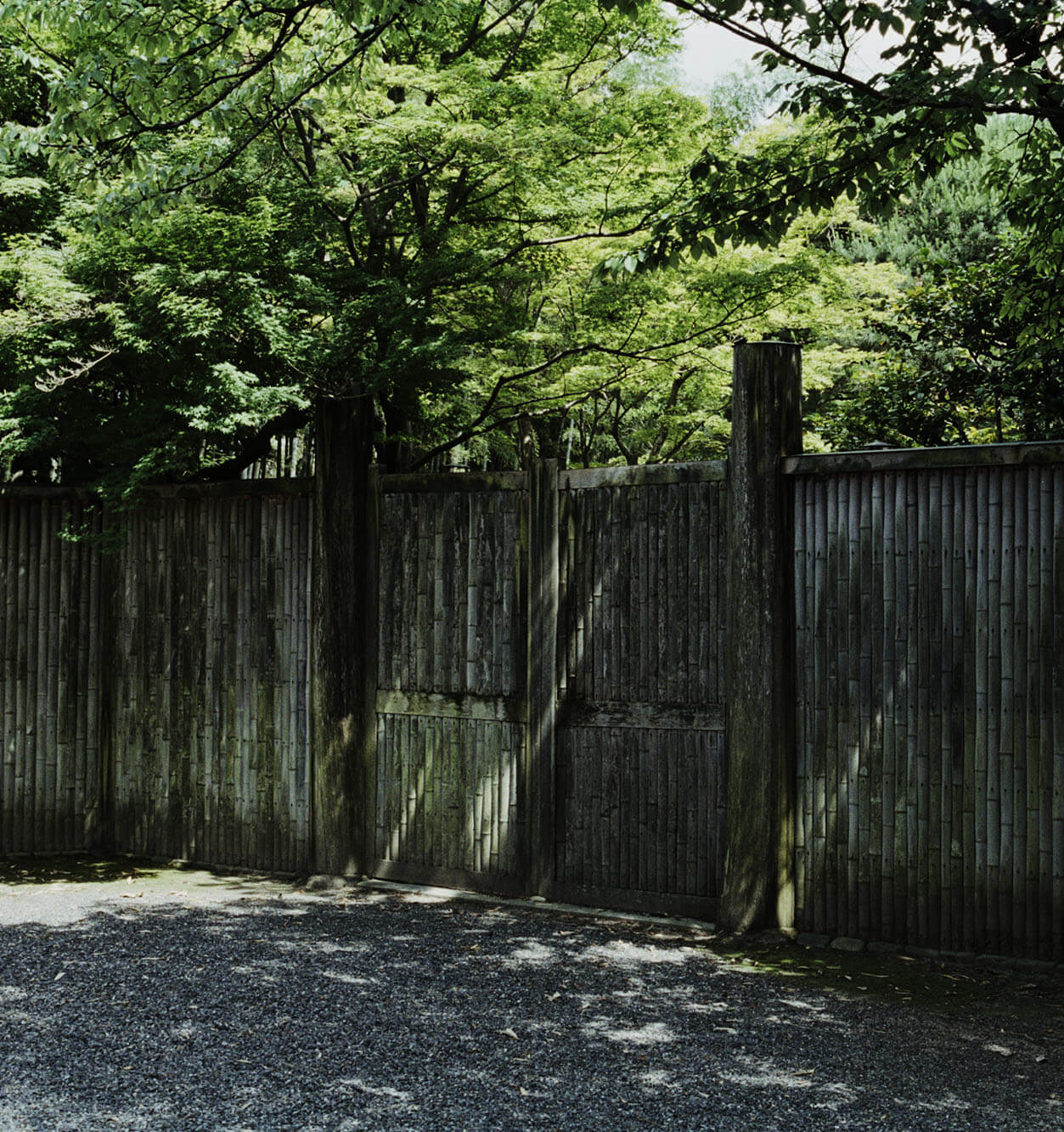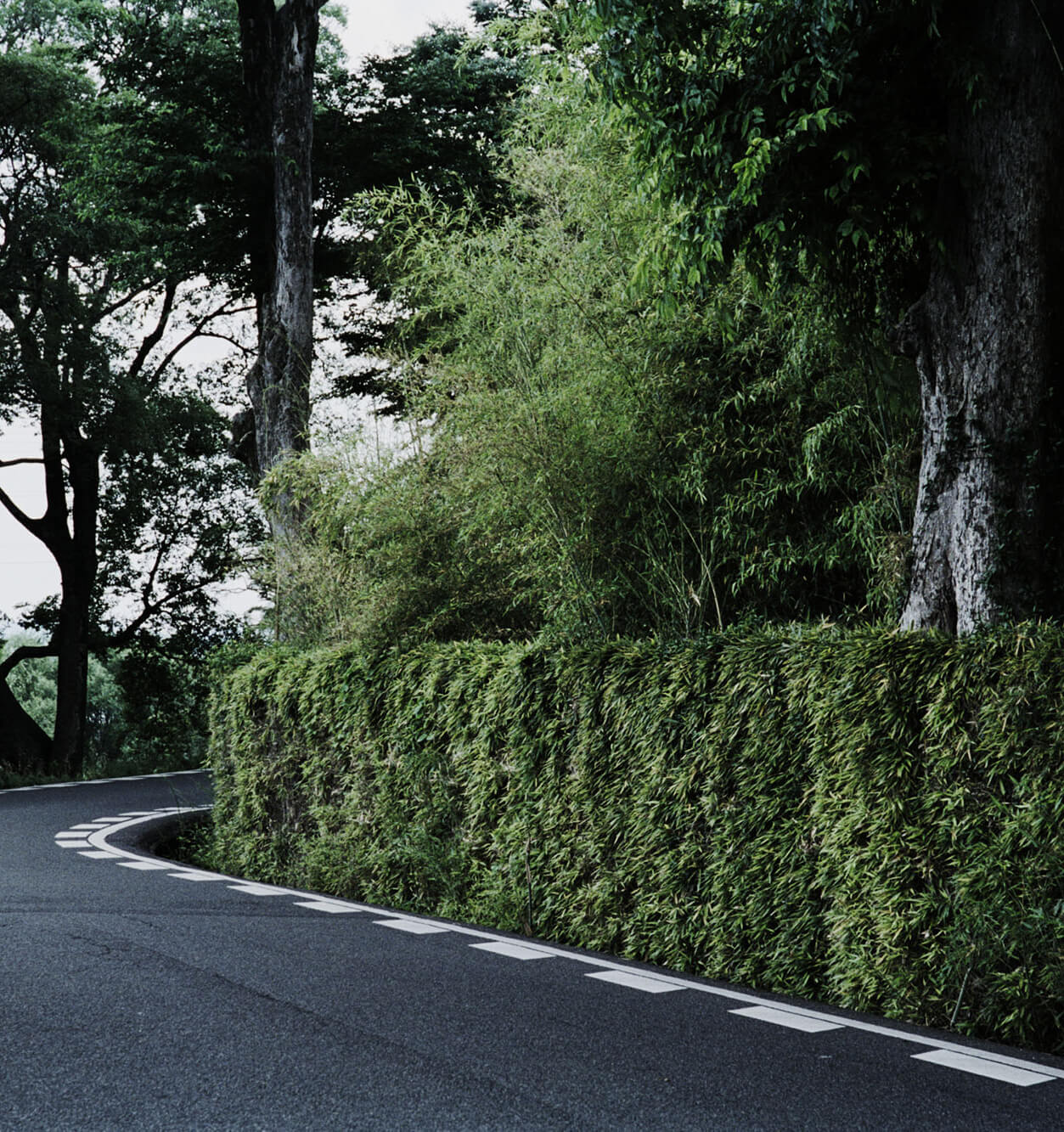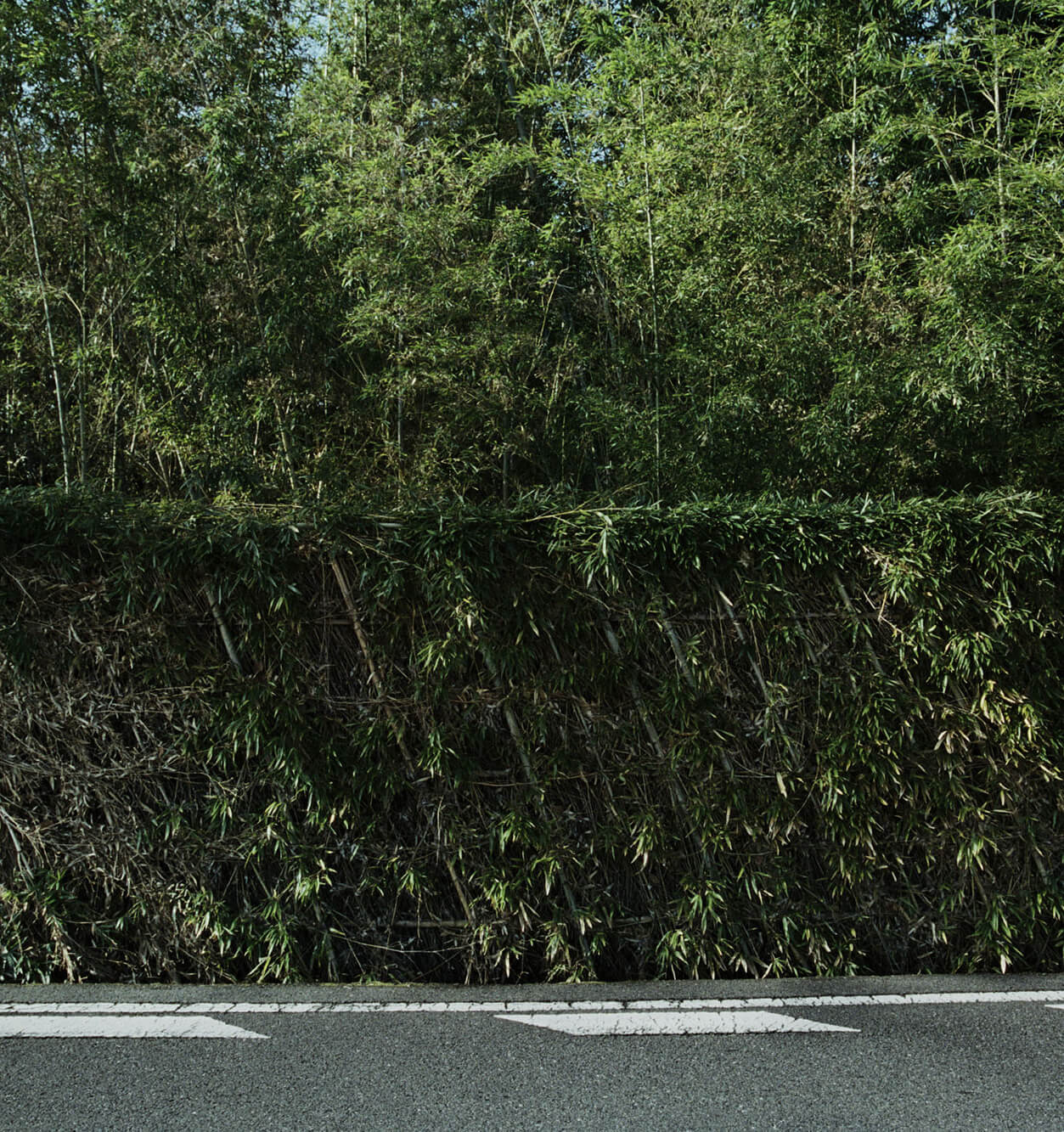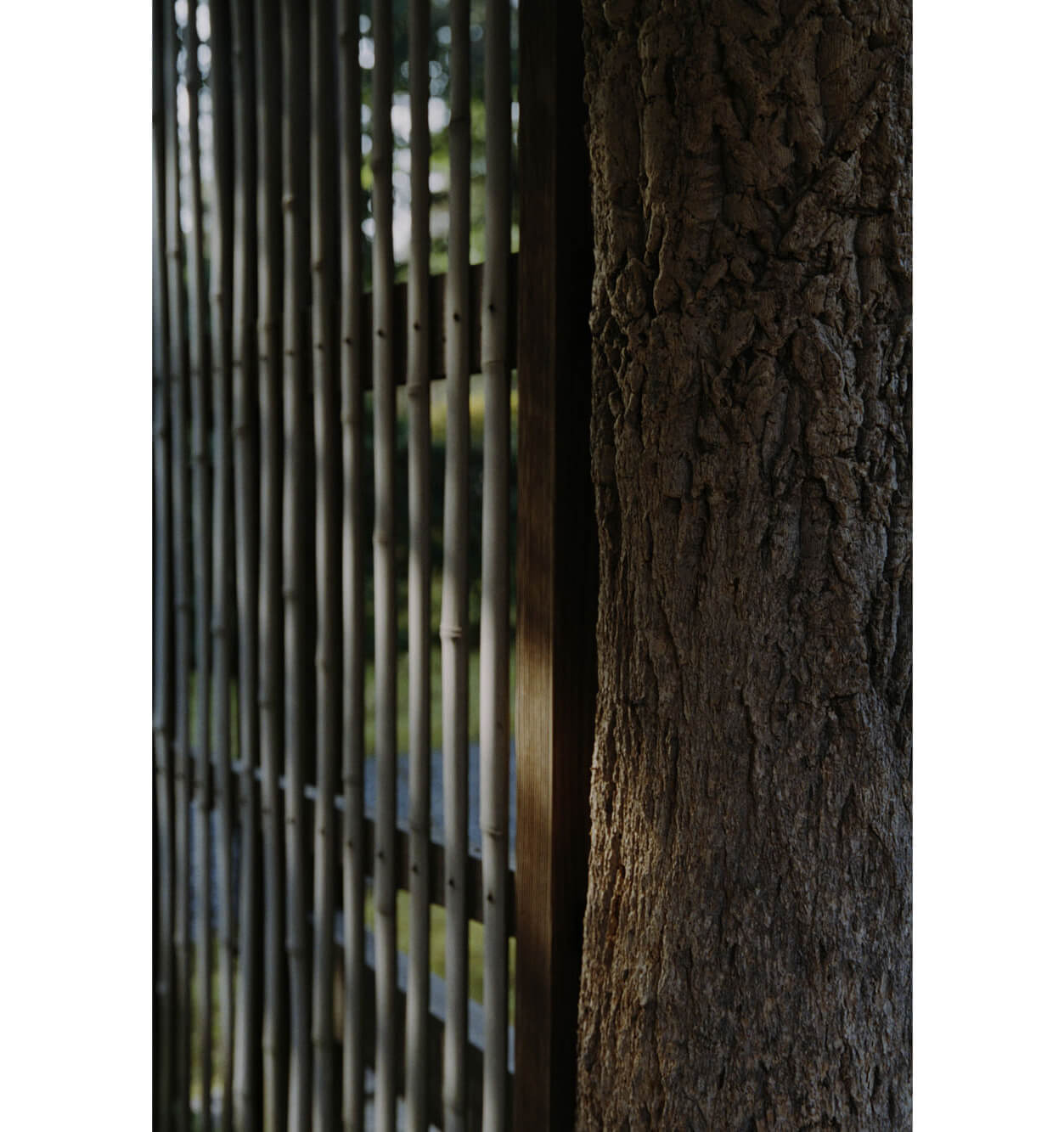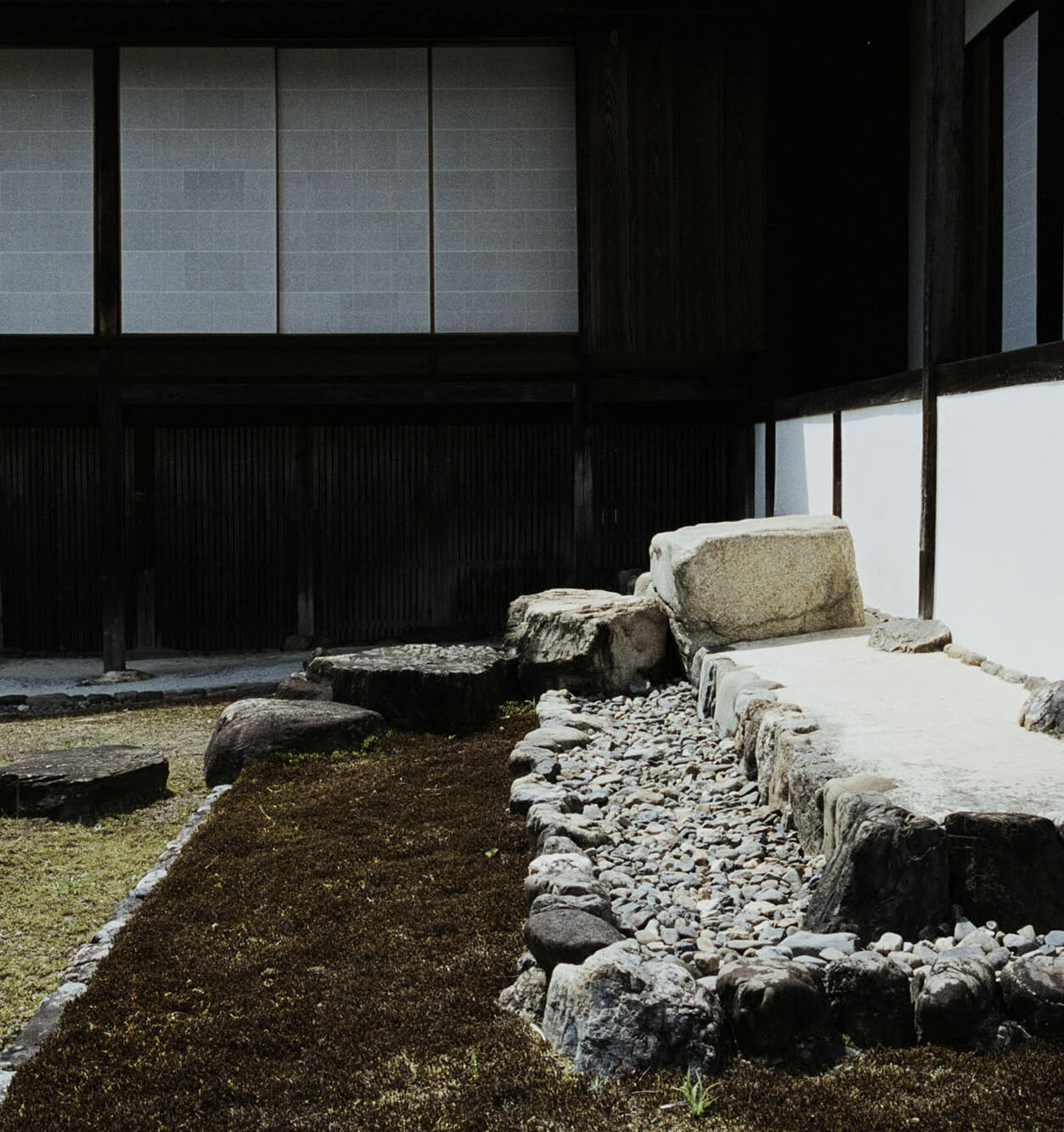DUO’S JOURNEY
Kyoto Katsura Imperial Villa
The Katsura Imperial Villa was a villa of the Hachijo-no-Miya family, built over about 50 years from 1615 during the Edo period (1603-1868). Since its construction, it has never been damaged by fire and is almost completely in its original state. After the Hachijo-no-Miya family died out in 1881, the villa became under the jurisdiction of the Imperial Household Agency in 1883 and was named Katsura Rikyu (Katsura Imperial Villa). The image of Katsura Imperial Villa is probably best known for the beautiful photographs taken by photographer Yasuhiro Ishimoto. His photos certainly inspire a sense of pride in Japanese culture.
Yamaguchi: There are also many neighboring textures in the Katsura Imperial Villa. The main gate is starkly simple and unadorned, showing that a gate for the noble status as an emperor is not necessarily made grandiose. Essentially, it is made of just wooden boards and logs. The boundaries in Japanese culture are made of things that can be easily overcome or broken. There are worlds of different statuses and grades next to each other without being differentiated, and they could be said to be continuous. The same can be said for the paddies and the tea houses in the villa, which are next to each other. One might notice that great care and effort were put into the villa because creating the hedges by bending bamboo requires tremendous craftsmanship and skills.
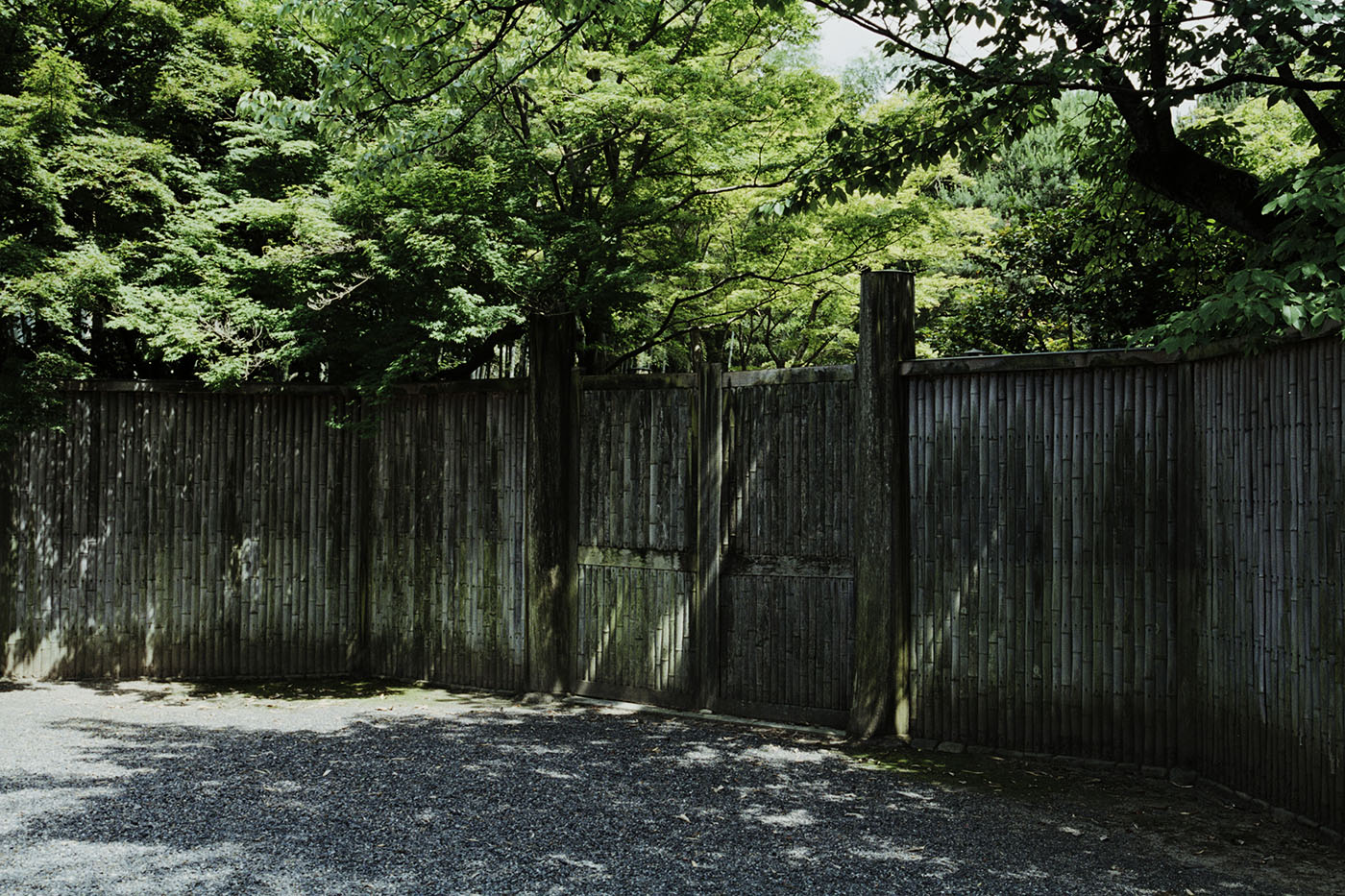
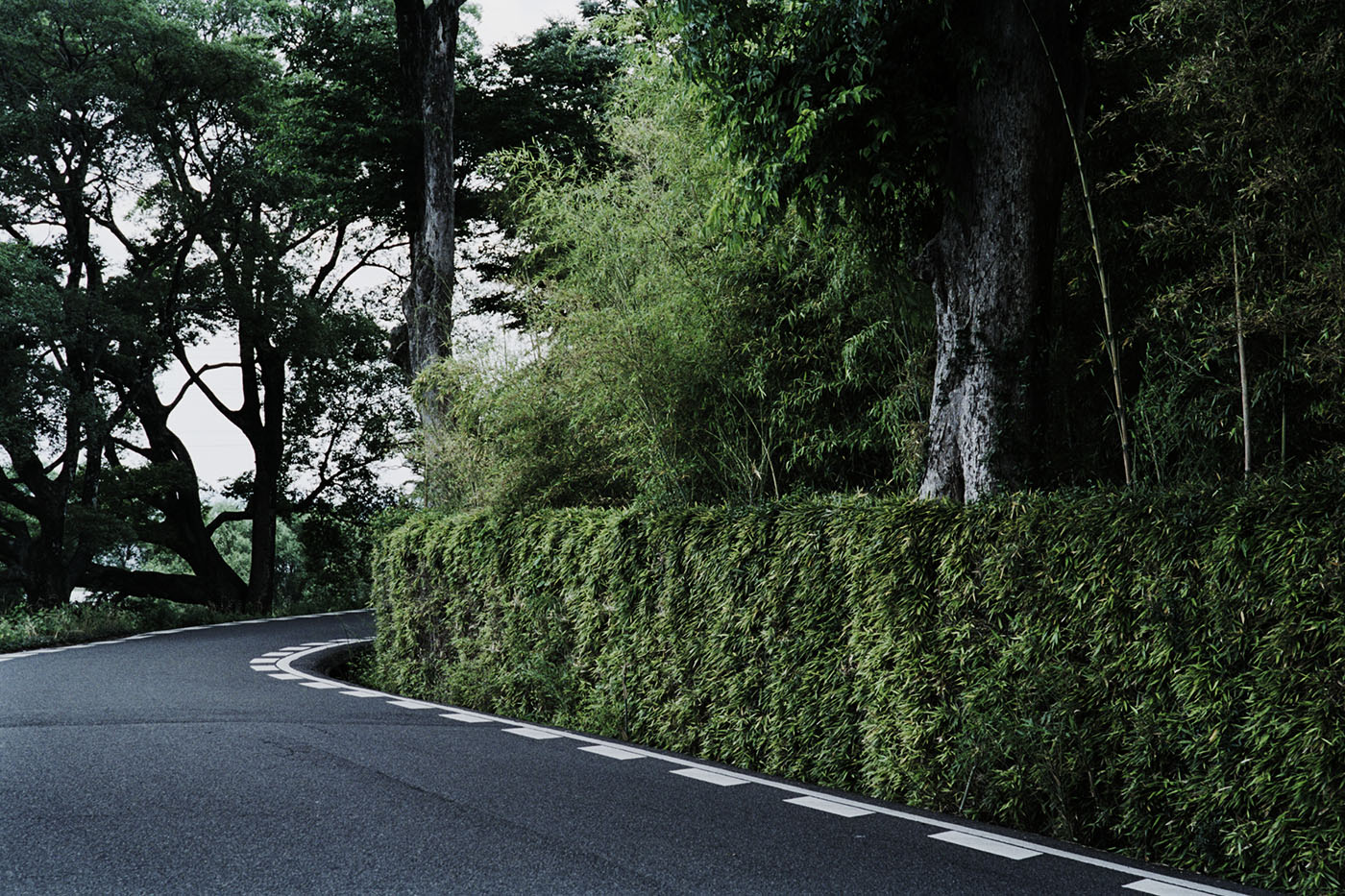
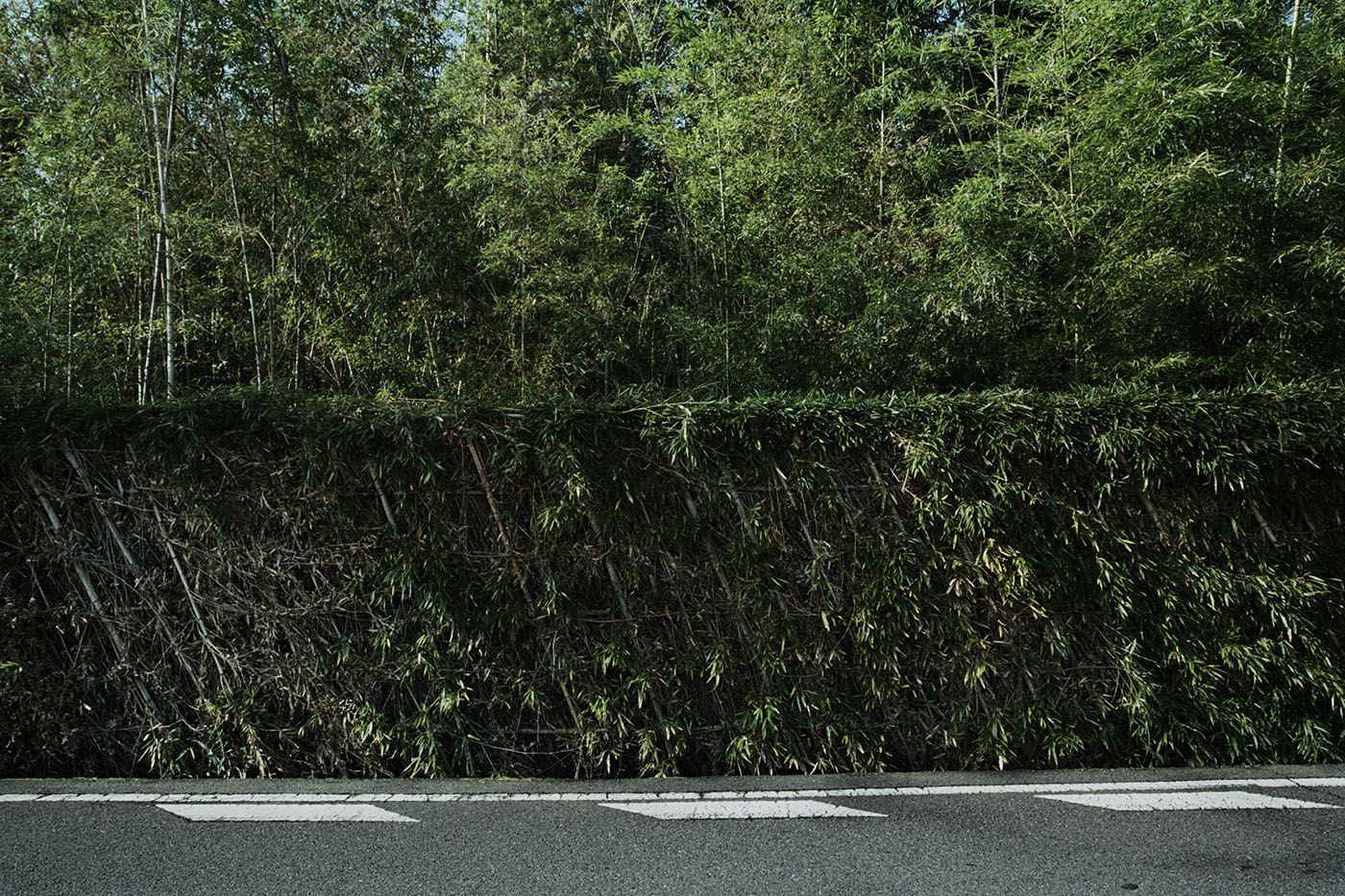
From the standpoint of technology and aesthetics, does careful craftsmanship correlate with elegance? Interestingly, the gate is not for safety.
Yamaguchi: I think Japan was a peaceful country. It is not a gate to exclude, but only a symbolic one. If you look at it again from the perspective of materials, the realms of different statuses lie next to each other, and the materials are treated according to such values.
At the time of construction, were makers of gardens and makers of buildings separate professions?
Yamaguchi: It seems that they were distinct. However, it seems that gardeners had a higher status. Emperor Go-Mizunoo, who built the Shugakuin Villa, was highly conscious of what kind of garden he wanted to create. It is not so much the difference in status between the master builder and the gardener, but rather the fact that it is the garden that determines the overall impression of the place.
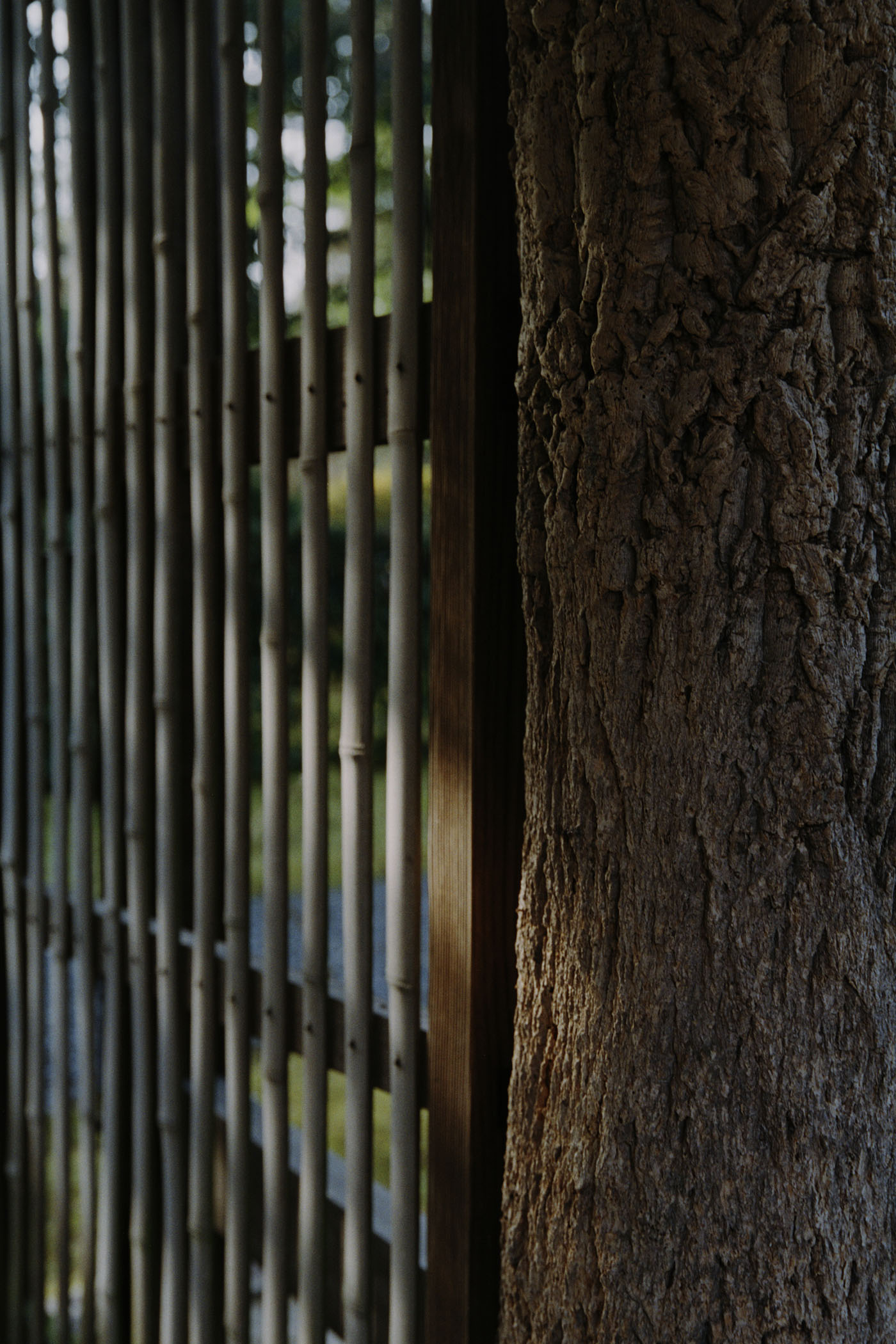
Yamaguchi: This photo is also really simple. Logs with the bark still attached, sawn wood, bamboo. Even though they have different textures, it’s only just a gathering of a bunch of wood. Putting them next to each other creates a special atmosphere.
Kumon: I knew I had to get this angle. The building itself is stunning. Also, the street outside was interesting. On the right is the wall of the Katsura Imperial Villa and on the left is the wall of a private house, but they are the same height. The house might even have a higher wall. They exist side by side. Moreover, the road is so close that a person can barely pass through, and the emperor's land is right there, with walls of the same height next to each other. From the tea house, you can directly see the farmers planting rice. It's a rare environment, isn't it? This was also a discovery for me.
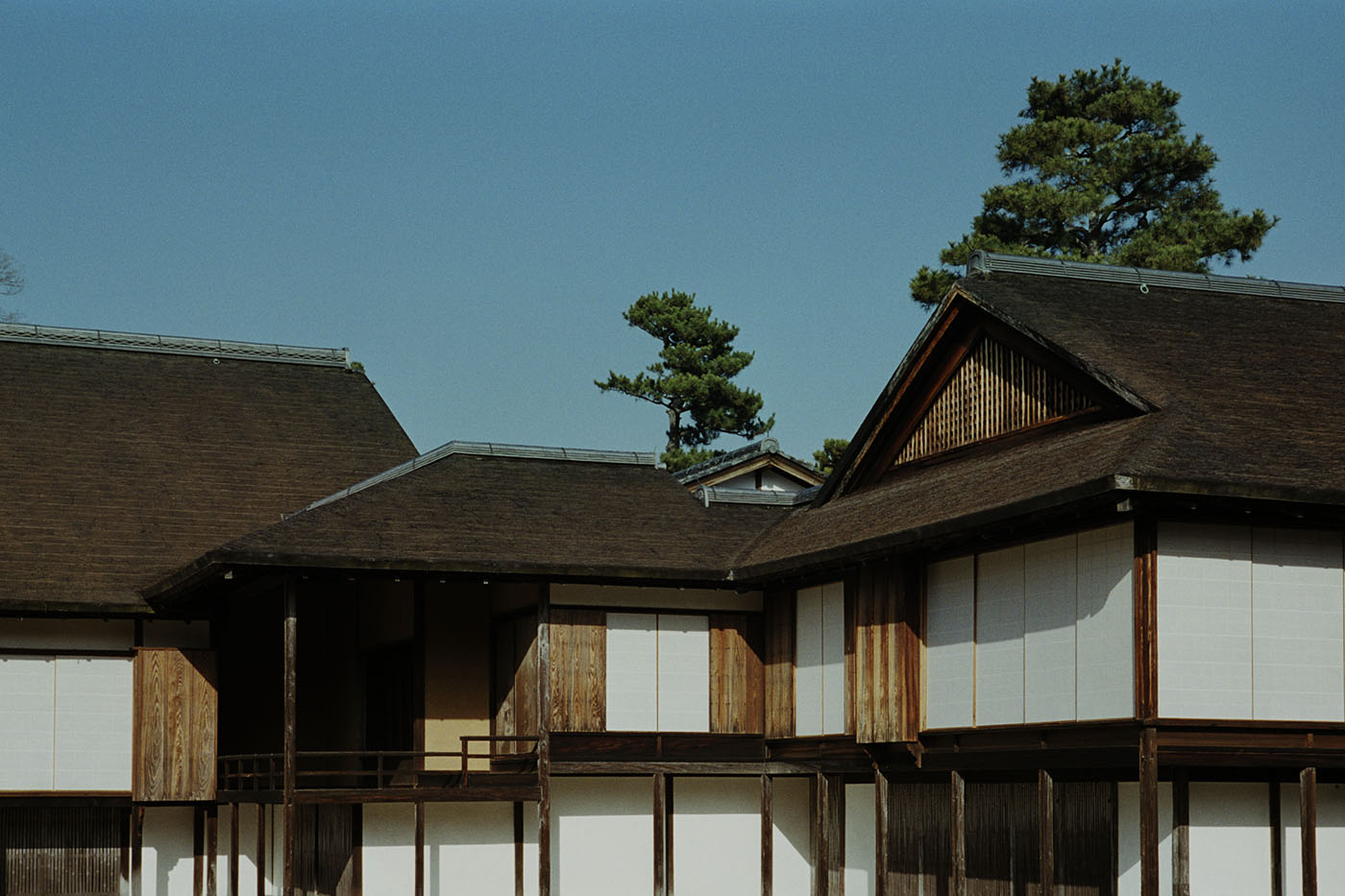
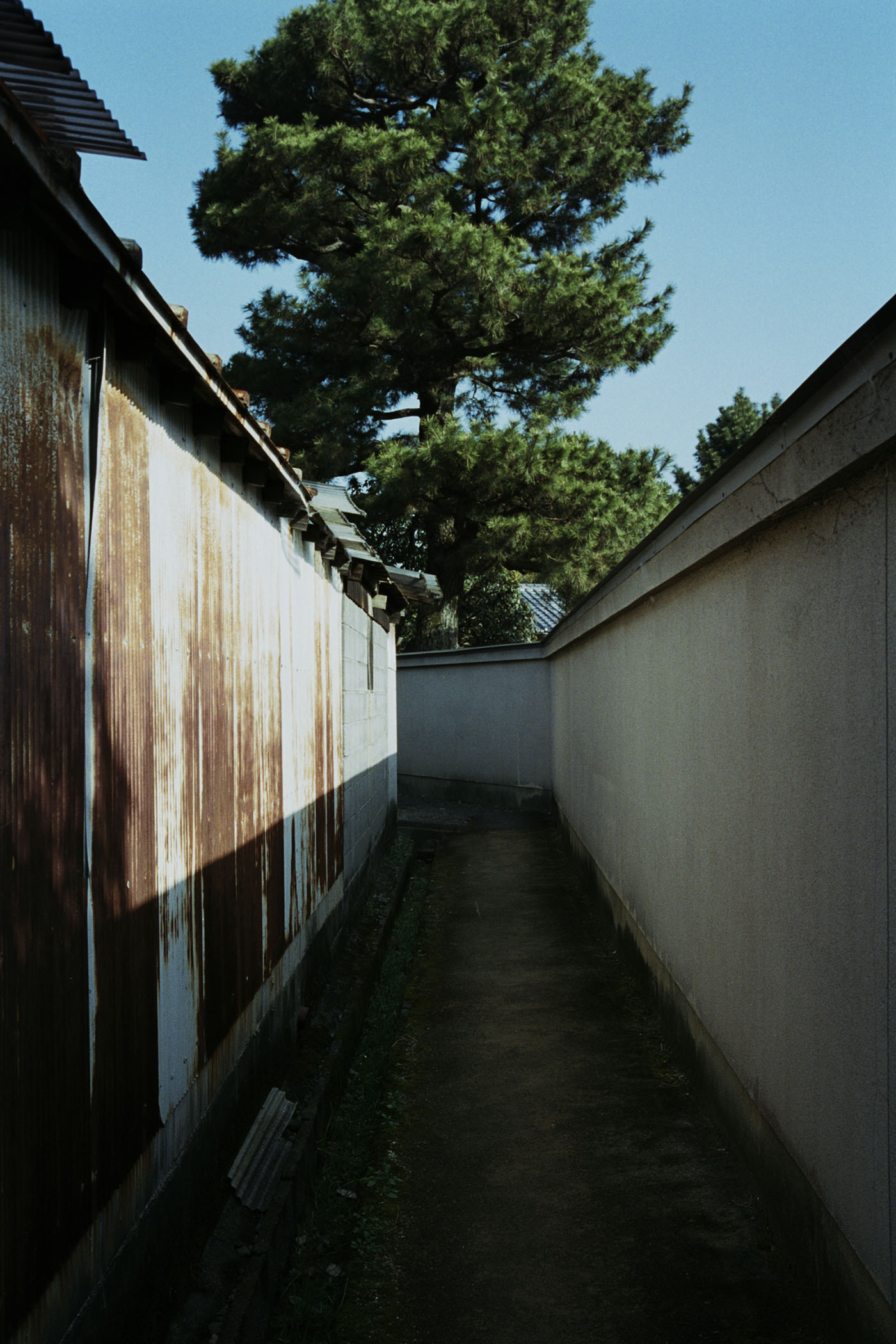
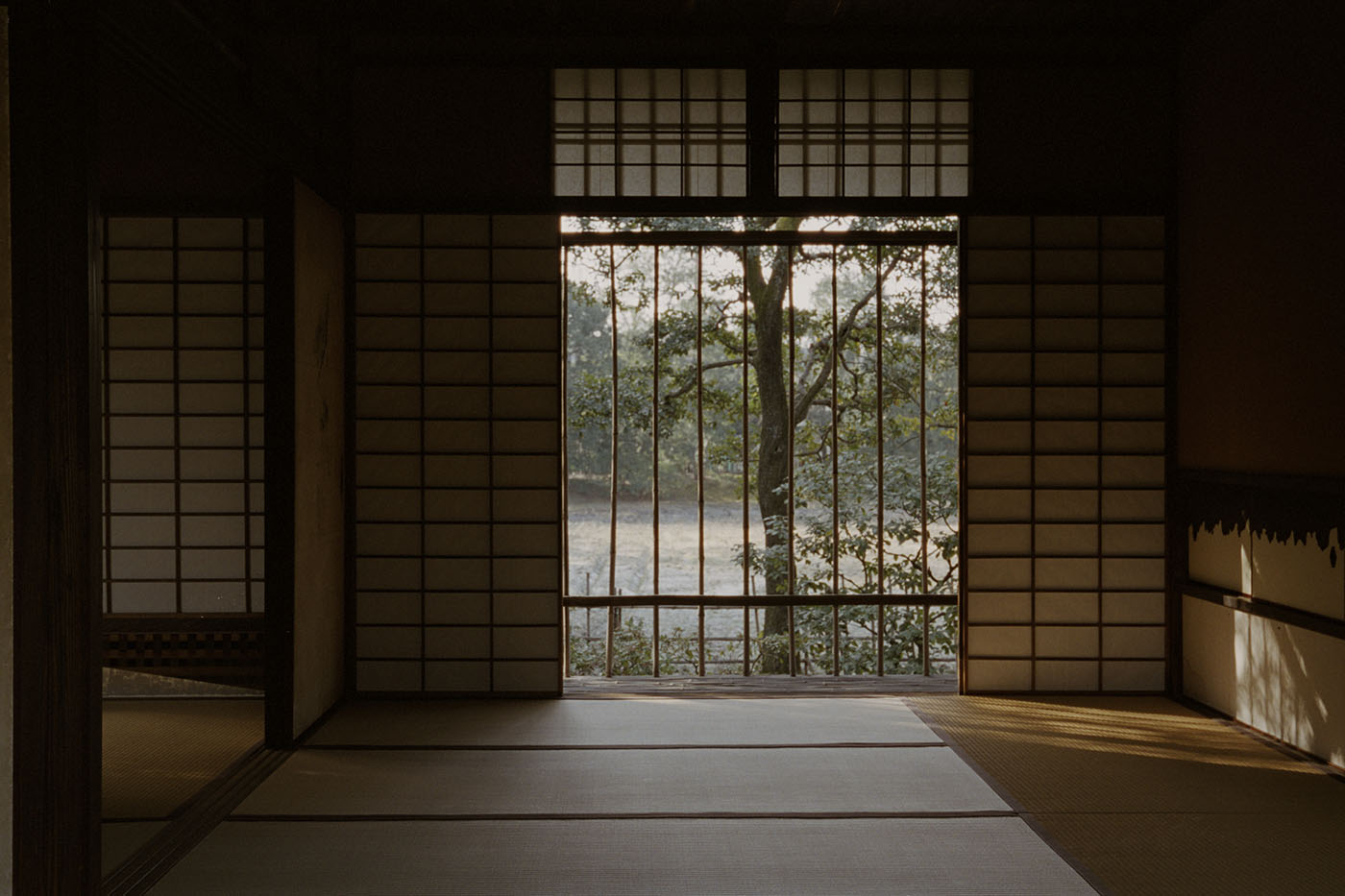
Yamaguchi: Of course, the Katsura Imperial Villa also has a pond. Using pine trees is a very famous way of hiding a pond. There is a pond at the end of the hedge, but pine trees are planted so that you cannot see it directly. I went there expecting that I could get some good pictures here, but it was winter and there was no water in the basin.
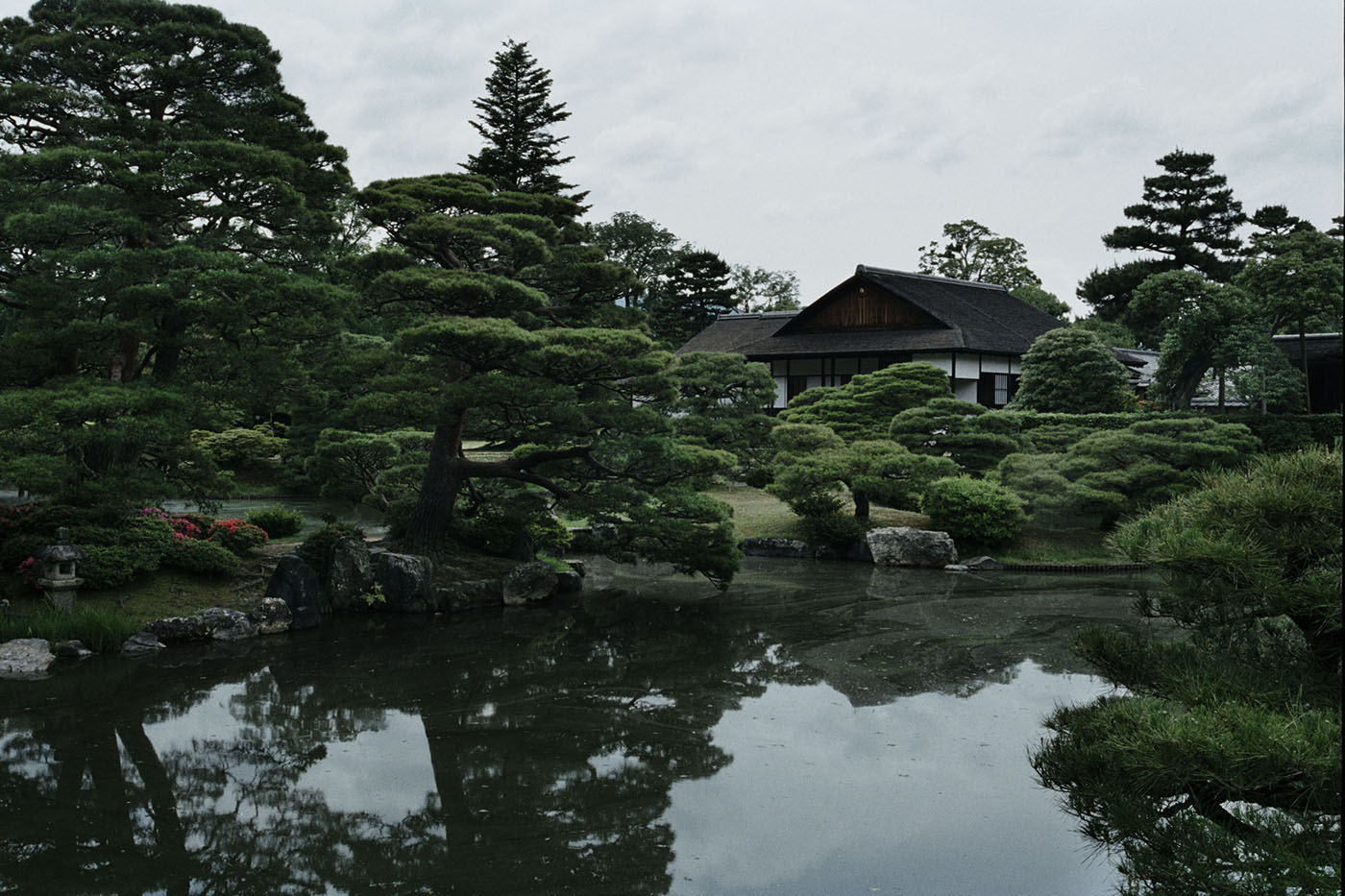
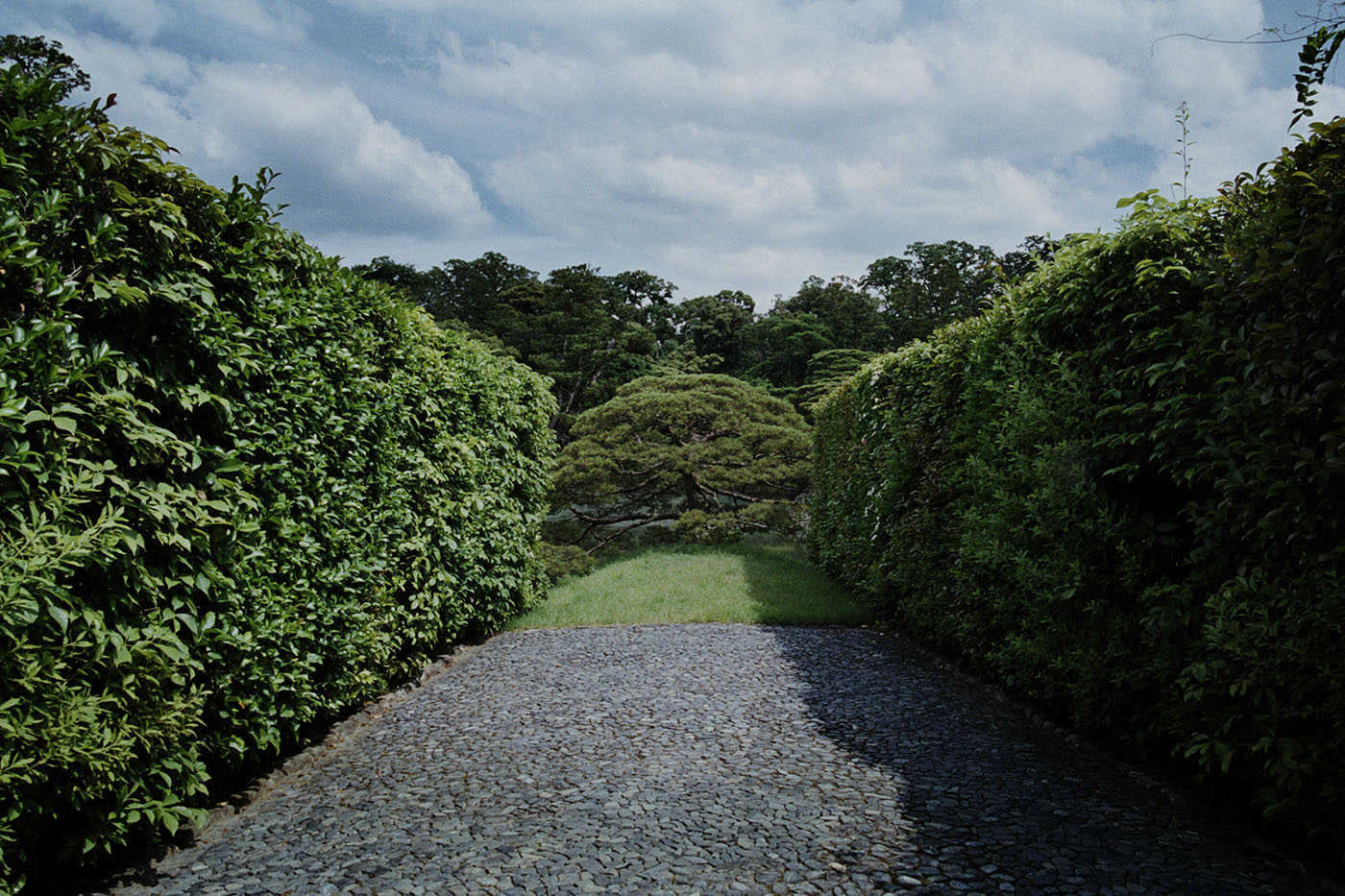
Kumon: After that, I went back in the summer. Unlike the first time I went, I had a better idea of what I wanted to photograph, so I found the villa very interesting. Before the second visit, I had only a blurred vision of the place, but then I could envision a story with each press of the shutter. Even though I did not know its history, I felt as if I was being pulled and manipulated by the intentions of the place. I thought it would be best to have the wind and sounds inspire my imagination and trust myself to take pictures reflexively and stay honest to my senses.
Yamaguchi: The Katsura Imperial Villa is full of tricks and is extraordinarily dense. There is so much to see. Although Mr. Kumon and I have different points of view, we both know how to enjoy the garden, but we still can't find the purpose of all the things in this garden. Usually, design has a purpose that people can perceive, but in this villa, there are many things that we cannot understand. I think there is no particular purpose to it, just a simple repetition of the idea that it feels good to combine materials with materials. Many people say, "I don't understand Japanese gardens," which is valid, since essentially, Japanese gardens are made up of things we don’t understand.
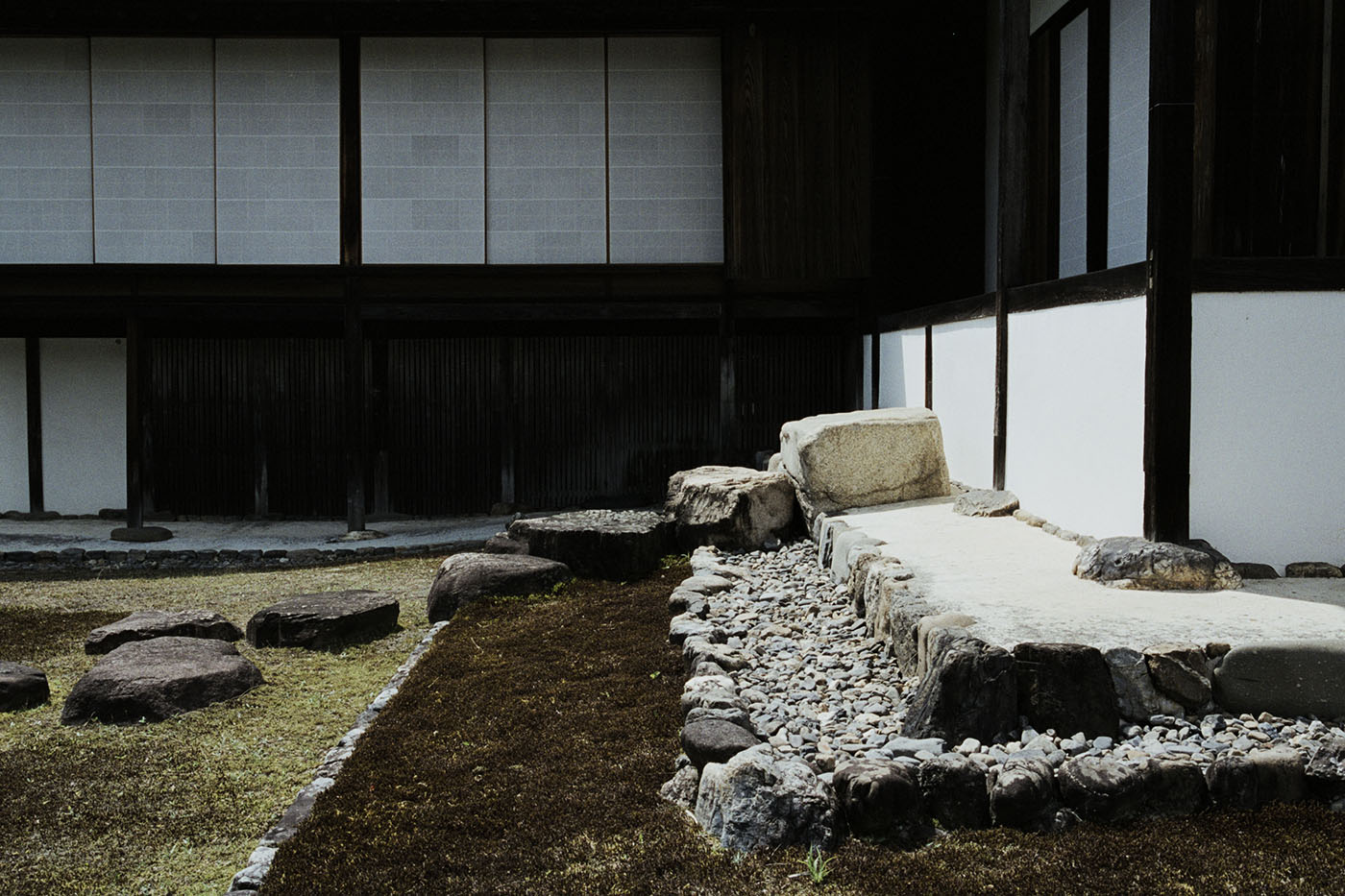
Yamaguchi: From the left, we see greenery, soil, paving stones, and an earthen floor. The colors and materials are matched like a twelve-layered kimono, but if you ask me what they are, I don't think they have any particular purpose. It just looks nice. That's the kind of thing that appears over and over. Understanding that playfulness and aesthetics make up a garden helps enhance the joy of discovery.
What’s interesting is the beauty without purpose.
Yamaguchi: I feel like it’s a representation of the fact that natural landscapes have no design concept. There is no visible concept or purpose. But certain cultured people must have shared the idea that combining materials is somehow pleasing. It's something that we can relate to, to some extent, and if we can discover it, we can enjoy it. But for me, there were too many tricks, and I got a little exhausted. The plain entrance of the main gate and the bamboo fence was very nice, though.
Kumon: I think it is interesting for those who can enjoy the series of tricks. The most attractive part for me was the bamboo fence. It was very easy to understand the concept of neighboring textures, which was linked to the word "boundary." It was a place where I understood the ambiguity of the garden, the fact that it was made of natural materials, and the way the materials were handled.
October 27, 2021
